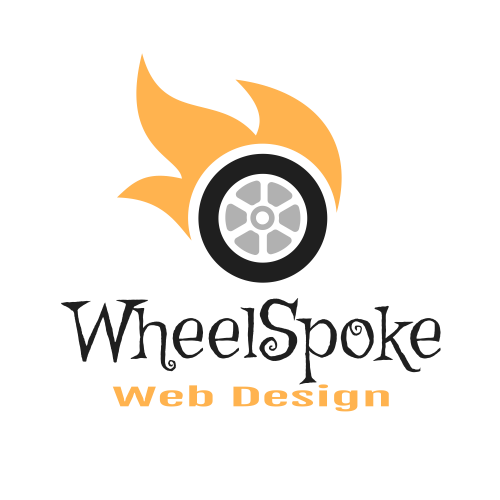
Mechanics of Great Web Design!
Designing a website involves several key steps and considerations to create an effective and visually appealing online presence. Here's a general overview of the website design process:
Define Your Goals:
Define Your Goals:
- Determine the purpose of your website: Is it for personal blogging, business, e-commerce, portfolio, or something else?
- Identify your target audience and their needs.
Plan and Research:
- Conduct market research to understand your competition and industry trends.
- Create a sitemap or outline of your website's structure, including the main pages and their hierarchy.
Choose a Domain Name and Hosting:
- Select a domain name that reflects your brand or content.
- Choose a reliable web hosting provider to store your website's files.
Design and Layout:
- Choose a design style that aligns with your brand or content.
- Create wireframes or mockups to plan the layout and structure of your pages.
- Consider the user experience (UX) and ensure the website is easy to navigate.
Responsiveness:
- Ensure your website is responsive, meaning it adapts to different screen sizes (desktop, tablet, mobile).
- Test your design on various devices and browsers.
Visual Elements:
- Select fonts, colors, and images that match your brand and design.
- Optimize images and graphics for fast loading times.
Content Creation:
- Create high-quality and engaging content for your website, including text, images, videos, and other media.
- Use SEO best practices to optimize your content for search engines.
Development:
- Convert your design into HTML/CSS or use a CMS to build your website.
- Ensure proper coding standards for security and performance.
Functionality:
- Implement interactive features, such as contact forms, search bars, and e-commerce functionality if needed.
- Test all website functions thoroughly.
Testing:
- Perform cross-browser testing to ensure compatibility.
- Test for speed and performance optimization.
- Check for broken links and errors.
SEO (Search Engine Optimization):
- Optimize your website for search engines by using relevant keywords, meta tags, and other SEO techniques.
- Create an XML sitemap for search engine indexing.
Security:
- Implement security measures to protect your website from cyber threats.
- Keep your CMS and plugins/themes up to date.
Launch:
- Once you're satisfied with the design, functionality, and content, launch your website.
- Monitor the website closely after launch for any issues.
Maintenance and Updates:
- Regularly update and maintain your website to keep it fresh and secure.
- Add new content and features as needed.
Marketing and Promotion:
- Promote your website through various online and offline marketing channels to drive traffic.
Remember that web design is an ongoing process, and staying up-to-date with design trends and technology is essential to keep your website relevant and effective. Additionally, seeking feedback from users and making improvements based on their input can lead to a better user experience.
